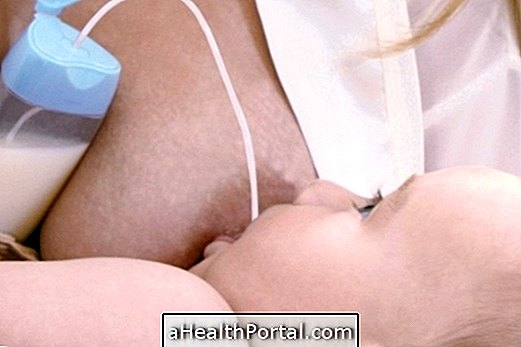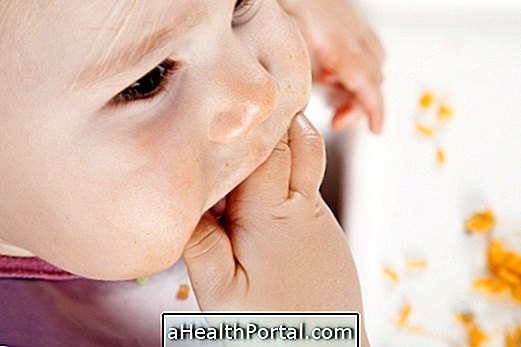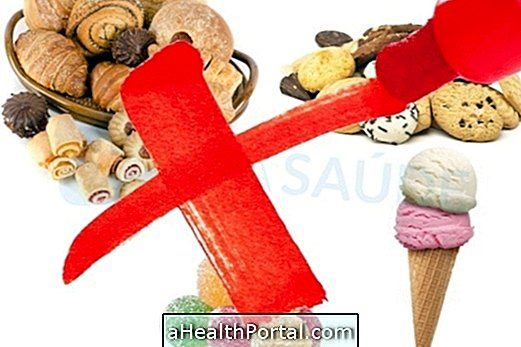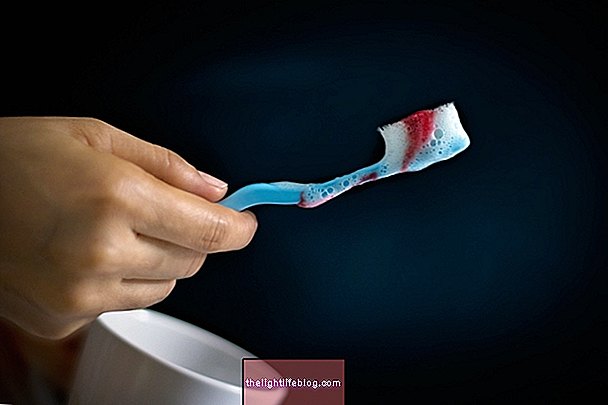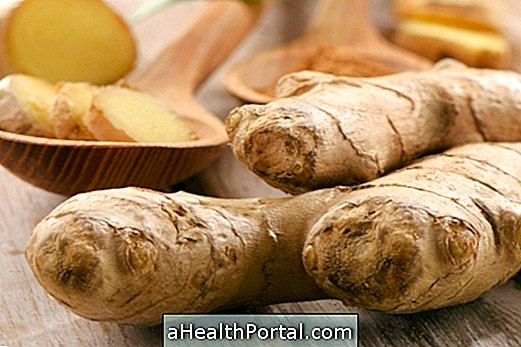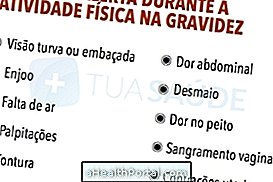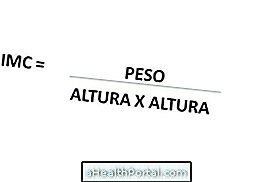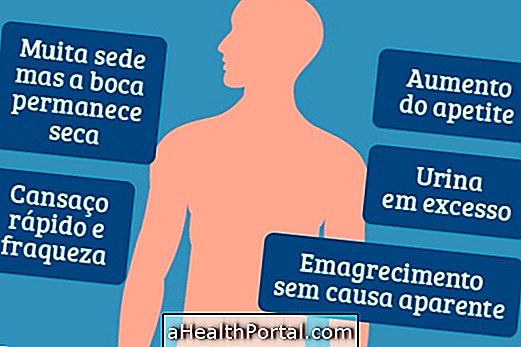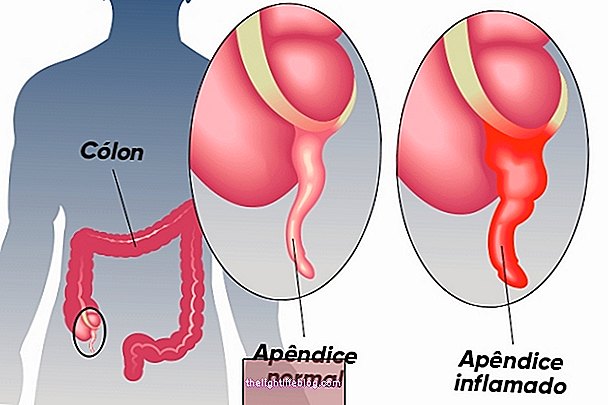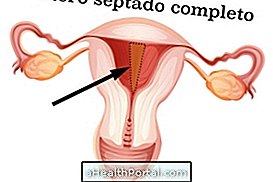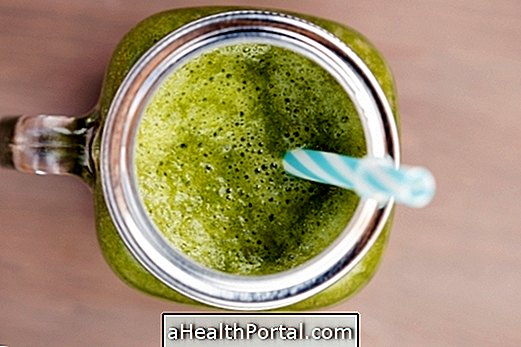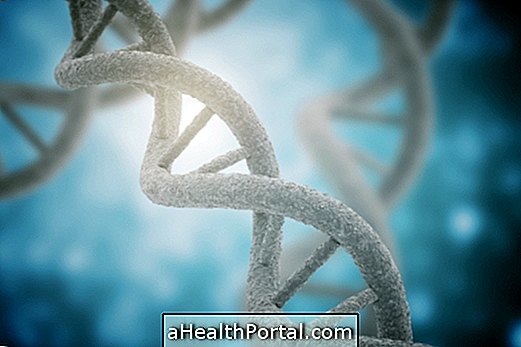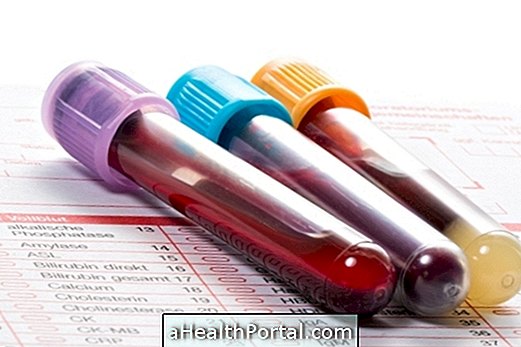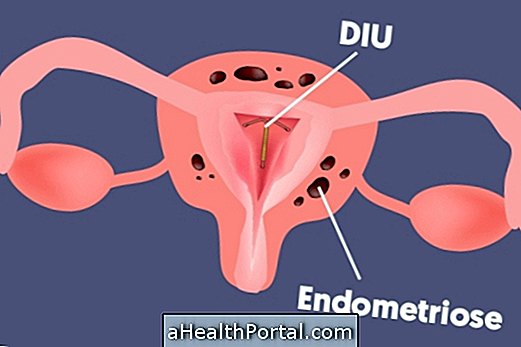The composition of breast milk is ideal for a good growth and development of the baby during the first 6 months of age, without the need to supplement the baby's diet with no other food or water.
Therefore, the composition of breast milk varies to suit the needs of the baby:
- Colostrum - comes out soon after delivery and is a thick, yellowish fluid rich in protein;
- Transition Milk - From the 7th to the 21st day, proteins and minerals are reduced and fats and carbohydrates increase;
- Mature milk - from the 21st day, the milk composition becomes more stable.
In addition to these variations in composition, breast milk also undergoes modifications along the breastfeeding, leaving first a more watery component for hydration and at the thickest end for feeding.
Nutritional composition of breast milk
| Components | Amount in 100 ml of breast milk |
| Energy | 6.7 calories |
| Proteins | 1.17 g |
| Fats | 4 g |
| Carbohydrates | 7.4 g |
| Vitamin A | 48.5 mcg |
| D vitamin | 0.065 mcg |
| Vitamin E | 0.49 mg |
| Vitamin K | 0.25 mcg |
| Vitamin B1 | 0.021 mg |
| Vitamin B2 | 0.035 mg |
| Vitamin B3 | 0.18 mg |
| Vitamin B6 | 13 mcg |
| B12 vitamin | 0.042 mcg |
| Folic acid | 8.5 mcg |
| Vitamin C | 5 mg |
| Calcium | 26.6 mg |
| Phosphor | 12.4 mg |
| Magnesium | 3.4 mg |
| Iron | 0.035 mg |
| Selenium | 1.8 mcg |
| Zinc | 0.25 mg |
| Potassium | 52.5 mg |
Breast milk, in addition to feeding the baby and being rich in all the nutrients the baby needs to grow strong and healthy, also has body defense cells, called antibodies, that pass from the mother to the baby, which increases the preventing baby from getting sick easily.
See too:
- Natural remedy to increase breast milk production
- Breast milk preservation
